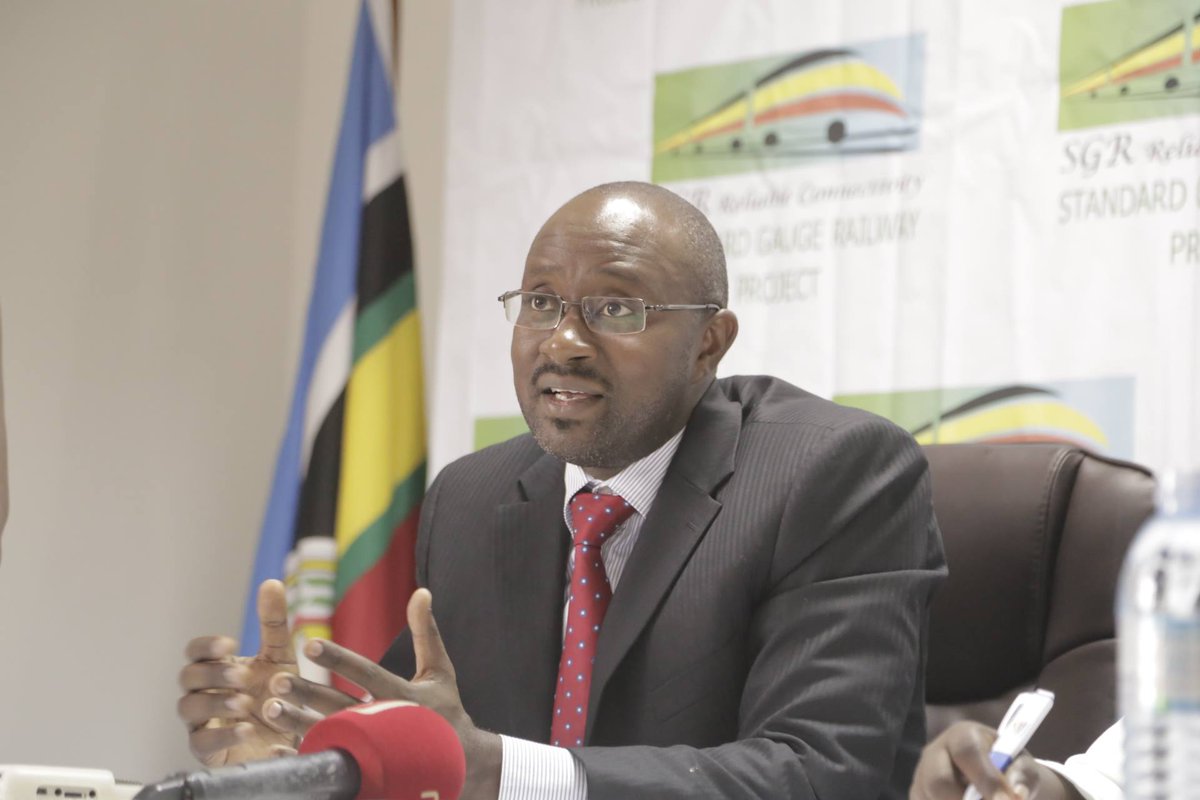That email from the CEO in your inbox may not be real. Stop and pick up the phone to make sure it’s legitimate before you take action.
This is the message sent out on Thursday by Eng. Kasingye Kyamugambi, the project coordinator of the Standard Gauge Railway Uganda after fraudsters using fake email accounts in his name and office with intent to dupe the public.
“Please note that fraudsters have created a fake email account in the name of the SGR project coordinator which they are now using to dupe the public about opportunities in the project,” revealed Ms Diana Apio Kasyate, Head Public Relations & Corporate Affairs Standard Gauge Railway Uganda. “The fake email account is kasingyekyamugambii@gmail.com.”
“The SGR Project is not sourcing for any bids at the moment. Any such activity would be communicated publically using the proper procedure which includes publication of advertisements in the media,” she said.
Ms Apio furthered noted that her office wwere also aware that there could be several other accounts out there on different platforms such as yahoo, hotmail and gmail, among others.
“The public is, therefore warned and advised to be on the alert in case you receive any suspicious instructions from this, or any such email addresses, you may crosscheck with the Project Offices on info@sgr.go.ug or call 0312253800.”
What is SGR?
The Standard Gauge Railway project is being constructed in line with a regional SGR Protocal, signed by the four Northern Corridor Partner States of Uganda, Kenya, South Sudan and Rwanda.
The multi-billion Standard Gauge Railway (SGR) project was launched at the Northern Corridor Integration Projects (NCIP) summit at Munyonyo in Kampala in 2014.
President Yoweri Museveni was joined by his regional counterparts Paul Kagame of Rwanda and South Sudan President Salva Kiir to launch the project that they said was intended to reduce the cost of transport in the region and spur economic development.

The summit agreed to construct at China Class 1 railway and signed a protocal to this effect. The entire SGR project, the summit agreed, was to be developed and operated as a seamless transport system especially in terms of connectivity. China class 1 and 2 are differentiated by the role of the network, if the main focus is on passengers or cargo, annual freight volumes, speed and curvatures, nature of trains, and if it is fully automatic.
The summit’s also agreed, because of the need to secure financing, that the project would start in Kenya – Mombasa to Nairobi.
Feasibility studies and technical documents for the rest of the railway project in western Kenya, Uganda followed by Rwanda and South Sudan, would meanwhile be finished as full financing is secured.
The Regional Governments of Uganda, Kenya, Rwanda and South Sudan have jointly approached the Republic of China for Funding the development of the SGR project.
It was agreed that Naivasha to Malaba and Malaba to Kampala legs would start as soon as financing was guaranteed, which was expected ahead of the June 2017 launch of the Mombasa-Nairobi line. The just completed Mombasa-Nairobi SGR is a China Class 1.
This will be followed by connections from Kampala to Rwanda, and then from Tororo to South Sudan.
At each summit, progress is given to the heads of state on progress of the SGR. At the last meeting, the leaders hailed the progress.
Uganda’s SGR project will comprise of the Eastern, Northern and Western routes. The Government of Uganda signed an EPC contract with China Harbour Engineering Company Ltd (CHEC) to construct the Eastern and Northern route SGR
The Eastern route starts from Malaba and end in Kampala. It traverses through the districts of Tororo, Butaleja, Namutumba, Iganga, Luuka, Mayuge, Jinja, Buikwe, Mukono, Wakiso and Kampala. The Northern Route comprises of the Tororo – Gulu – Packwach alignment, which traverses through Tororo, Butaleja, Mbale, Bukedea, Pallisa, Kumi, Ngora, Soroti, Amuria, Alebtong, Lira, Kole, Oyam, Gulu and Nebbi. The Gulu –Nimule alignment start from Gulu, through Nwoya and Amuru districts.
Officials of Uganda’s SGR project have previously explained the varying costs of railway construction in the region, dismissing the MPs comparisons between costs in Ethiopia, Kenya and those in Uganda.
They argued that Ethiopia’s SGR is a class lower than what Uganda is building, is not fully automatic and designed mainly for passengers. Uganda’s SGR will be designed to cater for both, and extra costs come out of the fact that, because of distance from the sea, most materials cost more.











